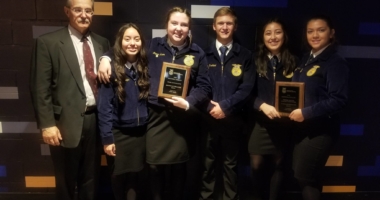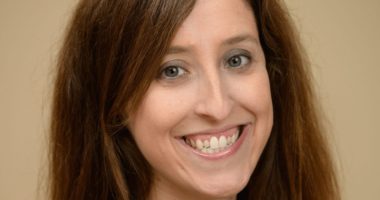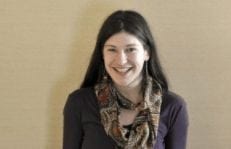Why I Teach Where I Teach: Because I’m Needed
Angela Campbell is in her 20th year as an educator in Southern California, working in schools with high percentages of non-native English-speakers. Currently, she is a science teacher at John Francis Polytechnic Senior High School and a member of the 2014 Educators 4 Excellence Los Angeles Teacher Policy Team.
I’ve always been a high achiever. I was valedictorian in high school and received my bachelor’s and master’s degrees from Stanford. Sadly, in part because of this, friends often ask me why I became a science teacher, and many of them wonder why I choose to teach in public schools.
Part of the answer to these questions begins with language. I teach in a school where 97 percent of the students are Latino and the majority qualify for free or reduced-price lunch. I speak Spanish fluently, and I want to work in a place where I am able to use those skills for the benefit of kids and their families. I saw that there was a significant achievement gap between kids with parents who could not interact directly with teachers and school personnel and kids with parents who could. I want to be part of helping kids from Spanish-speaking families to take full advantage of the education system.
I also feel a deep responsibility to help raise a generation of science-literate people, especially among those who are traditionally underrepresented in the fields of science and engineering. I try my best to open doors in STEM for girls and students of color because these groups need a much bigger voice and presence in the world of science.
Simply stated, I teach where I teach because I believe in the potential of my students, and I want my skills to be put to the use of unlocking that potential, which has been held back for far too long.
More resources from Ed Trust
Latinos are the fastest growing major ethnic group in U.S. public schools. Currently, there about 11.4 million Latino students in the public school system — an increase of 49 percent between 2001 and 2011. How has their performance in reading and math changed over time? Read our brief for more.
 This post is a part of an ongoing series, called “Why I Teach Where I Teach,” which asks educators in high-need schools to share what has attracted (and kept) them in the challenging environments they’re in. They share important stories and experiences that should remind us all of the power of strong school leadership, a network of supportive colleagues, and the genuine opportunity to have a say in schoolwide decisions. Listen up! They’re teaching us.
This post is a part of an ongoing series, called “Why I Teach Where I Teach,” which asks educators in high-need schools to share what has attracted (and kept) them in the challenging environments they’re in. They share important stories and experiences that should remind us all of the power of strong school leadership, a network of supportive colleagues, and the genuine opportunity to have a say in schoolwide decisions. Listen up! They’re teaching us.












